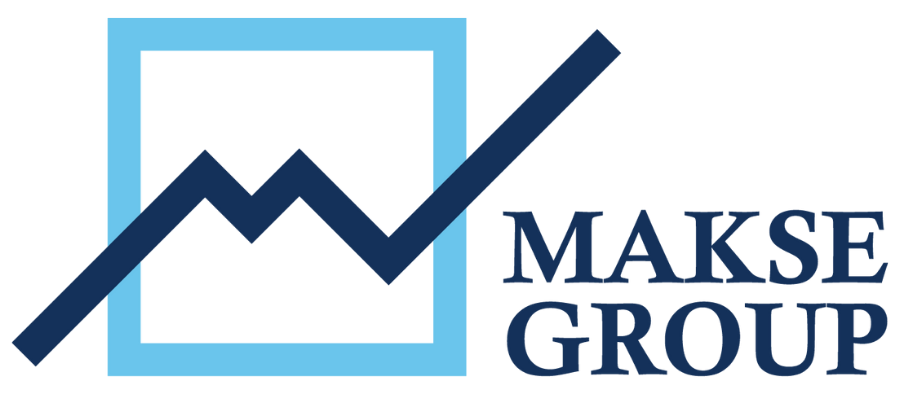Beyond the Release Notes: How to Turn Workday 2025R2 Into a Strategic Advantage for Your Organization
Here’s the truth: most blogs about Workday® releases sound the same. They summarize the notes, highlight a few features, and leave you with a laundry list. The problem? That approach doesn’t answer the real question leaders have: how do these updates create long-term advantage for my business?
That’s where we’re taking a different angle. Instead of repeating what’s in the notes, let’s talk about what 2025R2 really signals for organizations- and how leaders can act on it.
The Problem With Release-Note Thinking
Many companies fall into a trap. They skim the notes, pick a few features that look relevant, and move on. On the surface, that feels efficient. In reality, it leads to:
Underutilized features that never get adopted.
Stalled ROI because updates aren’t linked to outcomes.
The dreaded Workday value plateau- where the system stops feeling like a strategic enabler and starts looking like just another tool.
That hidden cost is huge. A Deloitte study found that only 31% of organizations believe they fully use their HR tech investments. The rest are leaving capability and money on the table.
To help address this gap, Workday has introduced new tools that make adoption more structured and measurable.
One example is the Adoption Planning Hub, which helps organizations identify which features or updates to include in their roadmap and manage the adoption process, without relying on spreadsheets or scattered trackers.
Available in Preview tenants today and opt-in for Production, the Hub will become standard in 2026R1, replacing legacy planning tools. It’s the simplest way to ensure every update turns into measurable impact, not just another unchecked feature.
The Strategic Themes of Workday 2025R2
Instead of dissecting every update, let’s look at the big picture. Workday 2025R2 is signaling three themes that go beyond incremental change.
1. Centralization and Hubs
Workday continues to push toward hubs that consolidate fragmented tasks. Take the updated Procurement Hub as an example. It’s not just about convenience. Centralization drives:
Governance: one place to set consistent policies.
Adoption: employees actually know where to go.
Efficiency: fewer clicks and less swivel-chairing across systems.
Think of it like moving from scattered spreadsheets into a single dashboard. You get visibility, control, and trust in the process.
And this move toward centralization isn’t limited to procurement or analytics, it extends to adoption itself. With the new Adoption Planning Hub, Workday is signaling that successful transformation depends on operationalizing adoption. For change leaders, that means having a clear, centralized view of progress, ownership, and outcomes tied to every new release.
2. AI and Automation
Everyone’s talking about AI, but the real story in this release isn’t just shiny new features. It’s the slow shift from administrative burden to decision support.
Example: Automated reconciliations in Finance don’t just save time- they reduce risk and free up analysts to focus on forecasting. That’s the difference between “we closed the books faster” and “we predicted cash flow shifts before they hit.”
3. Security and Compliance
This is the less glamorous but most critical theme. With 2025R2, Workday is clearly betting on tighter regulatory environments. Enhanced access controls and region-specific compliance settings show where the market is headed.
For a global HR leader, that means fewer sleepless nights about GDPR, HIPAA, or local labor laws. For IT, it means fewer fire drills when auditors come calling.
Turning Themes Into Strategy
So how do you turn these themes into advantages rather than just updates?
For Centralization: prioritize hub adoption projects. Audit where processes are still fragmented and move them into Workday. The risk if you don’t? Shadow systems will creep back in.
Helpful hint: if you’re not sure where to start, the Adoption Hub can help you assess your current state, identify adoption gaps, and prioritize which features or modules to bring into your roadmap first. It’s a small step that can make release management more data-driven and less reactive.
For AI and Automation: shift focus from speed to insight. Don’t just measure hours saved- measure better decisions made. The risk if you don’t? AI becomes a gimmick instead of a value driver.
For Security and Compliance: treat this as a governance reset. Rethink your security model and compliance workflows. The risk if you don’t? Increased exposure as regulations tighten.
Why This Is a Pivot Point for Leaders
2025R2 isn’t just another update- it’s a pivot point. Leaders who see it as “just an upgrade” will miss the chance to transform.
What this really means is:
Scalability for growing businesses.
Compliance readiness in a volatile regulatory climate.
Talent experience that feels intuitive, not clunky.
Efficiency that unlocks bandwidth for strategic work.
This isn’t an IT project. It’s a business strategy decision.
Moving Beyond the Release Notes
So here’s the challenge: don’t let 2025R2 be another checklist. Let it be the moment you step back and design a Workday roadmap that positions your organization for the next five years, not just the next quarter.
If you’re ready to move beyond the release notes and build a Workday strategy that delivers true advantage, Makse Group can help. At Makse Group, we’ve seen it firsthand: organizations stall when they only adopt features incrementally. The ones that win are those that connect release updates to business outcomes- ROI, compliance, agility.
Our role isn’t just implementing features. It’s helping clients extract strategic value from Workday.
